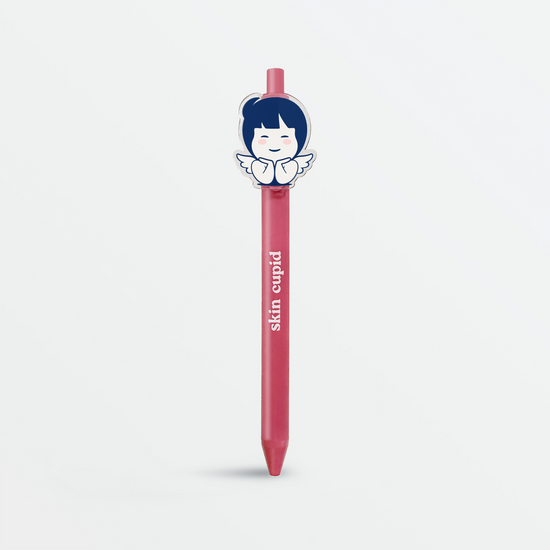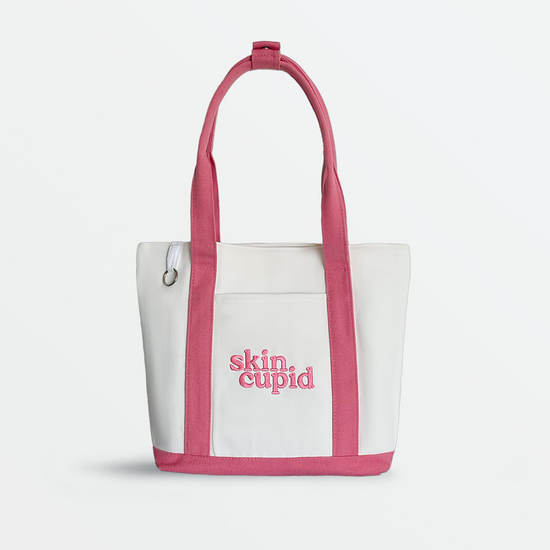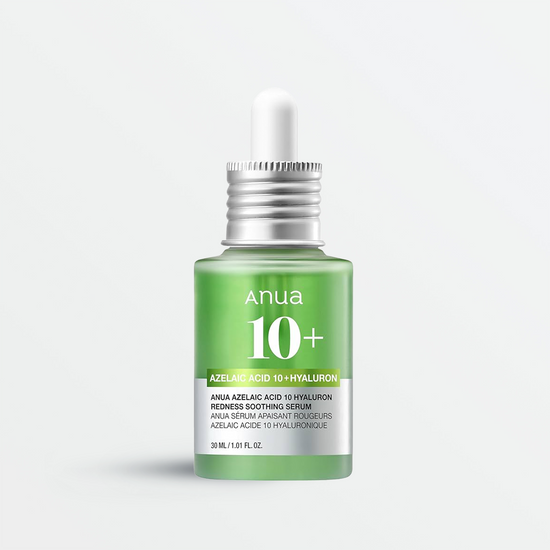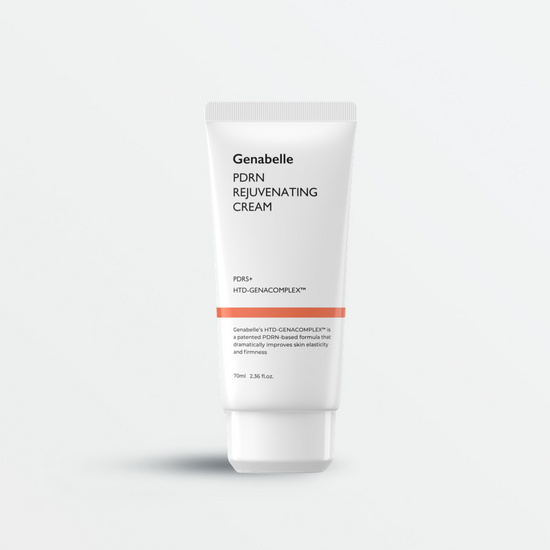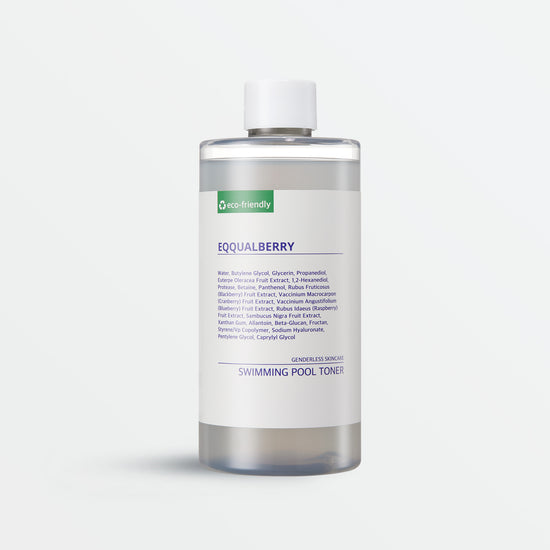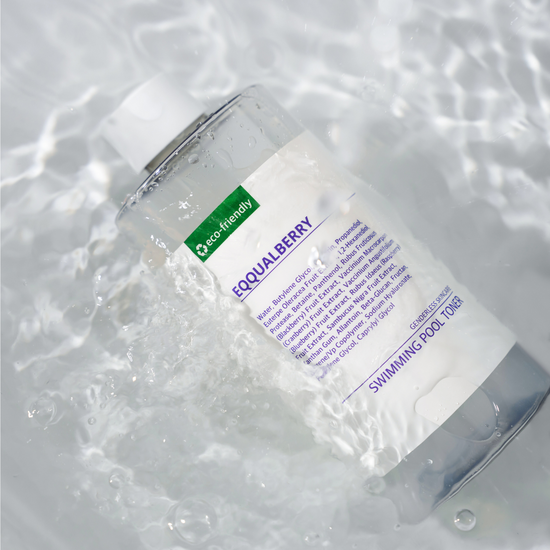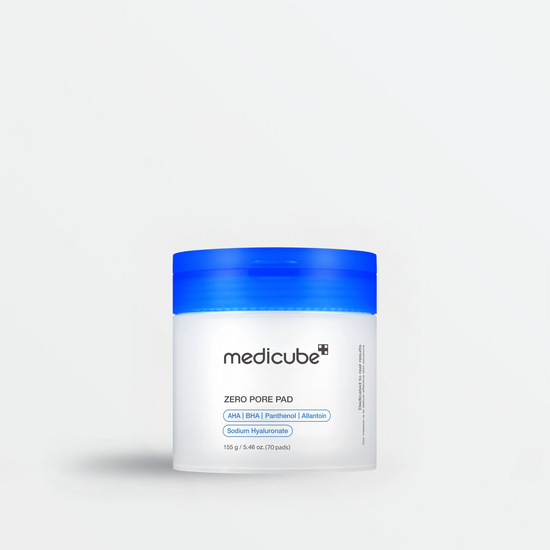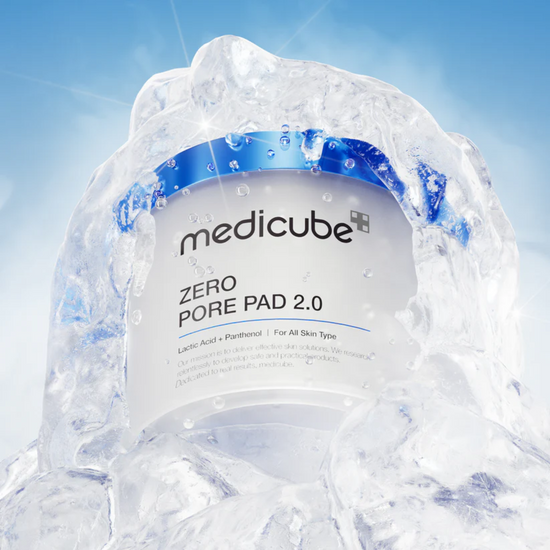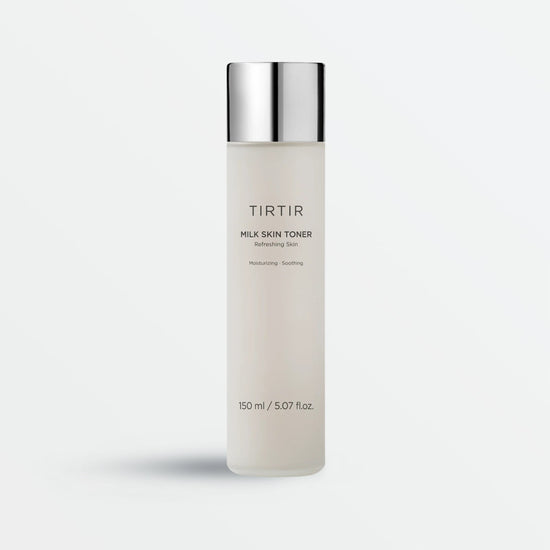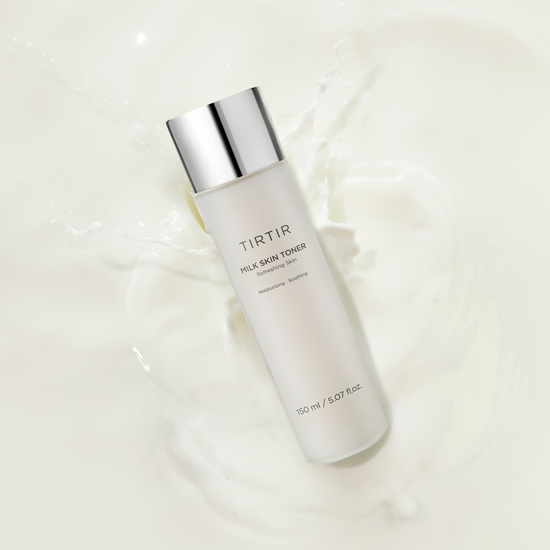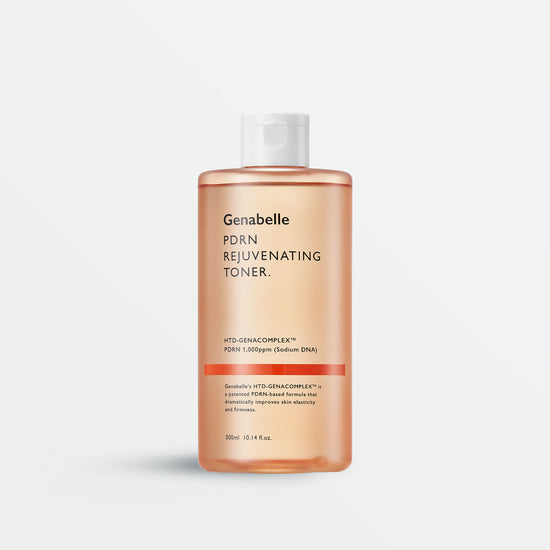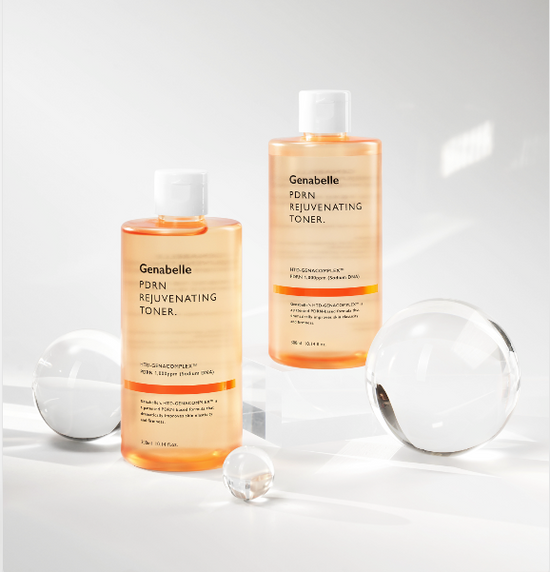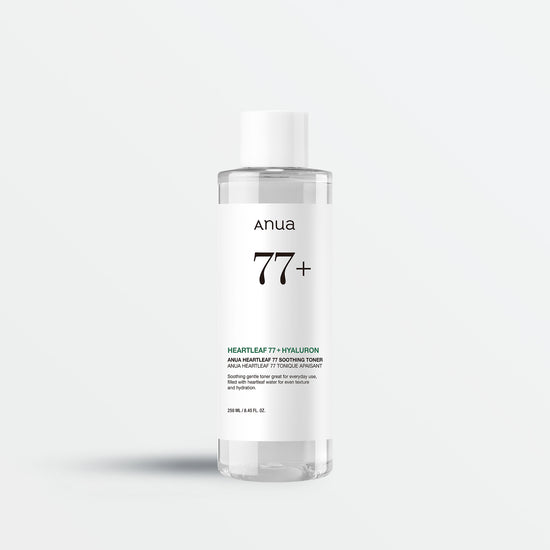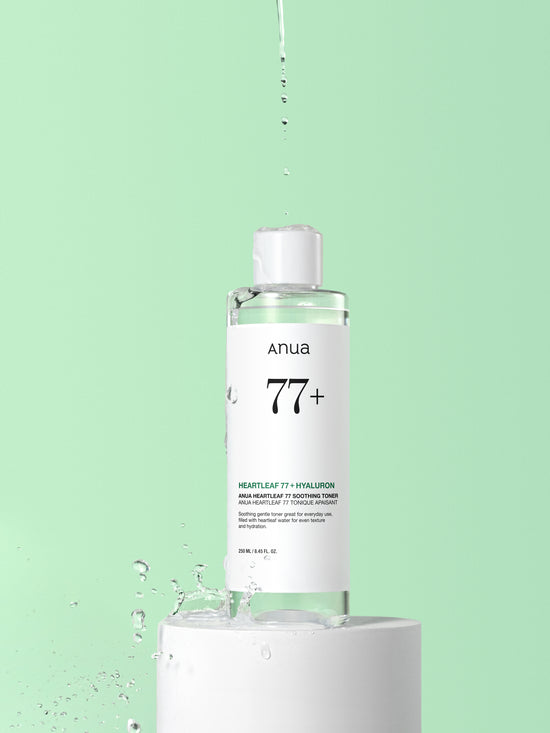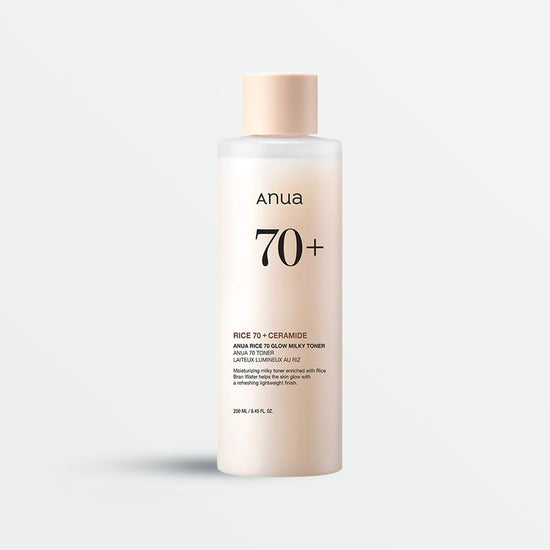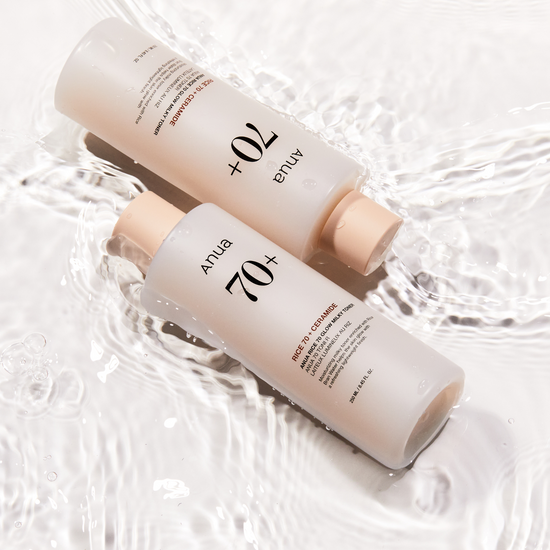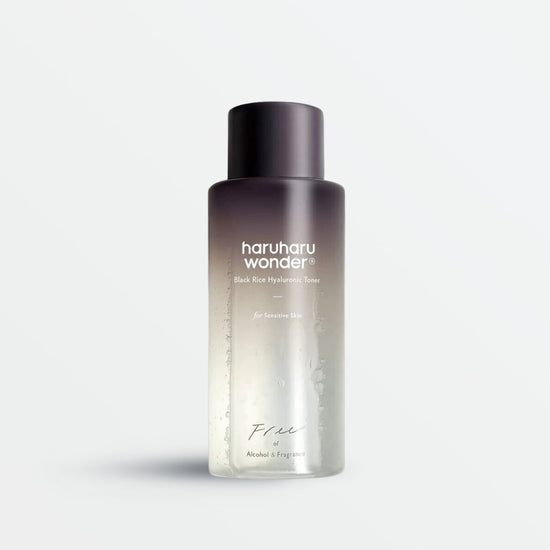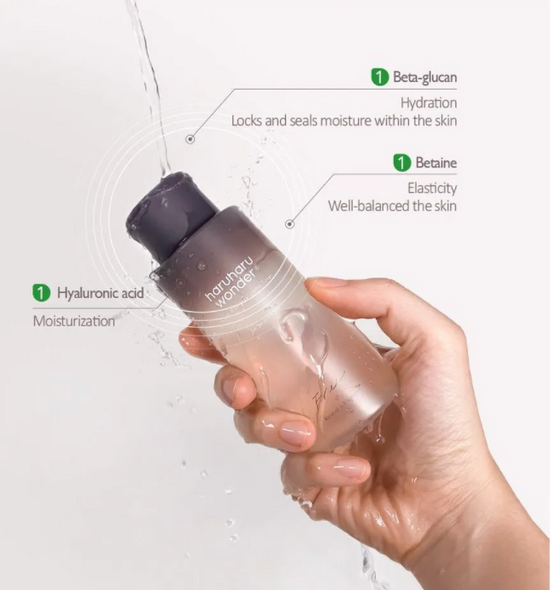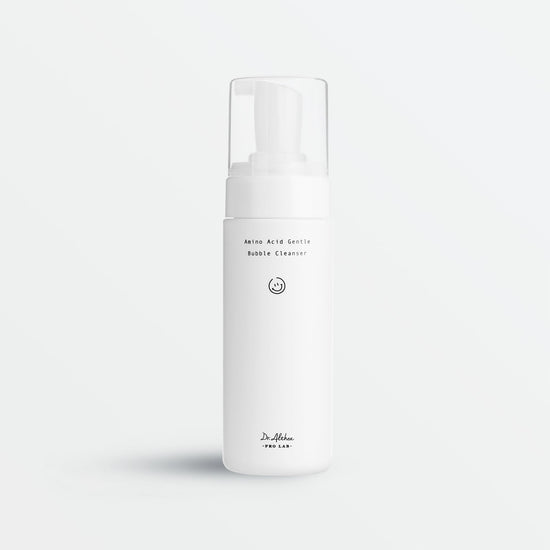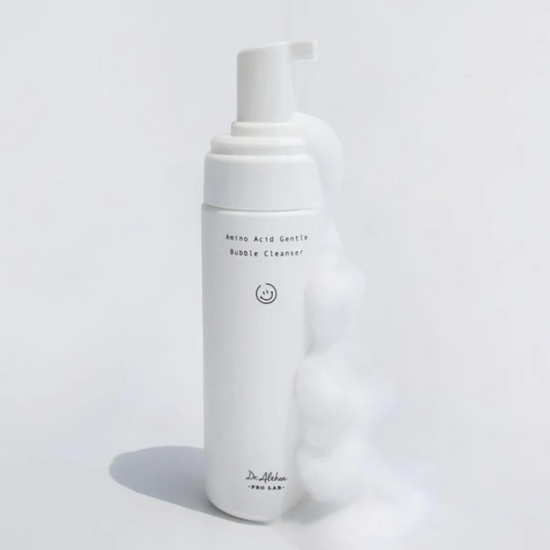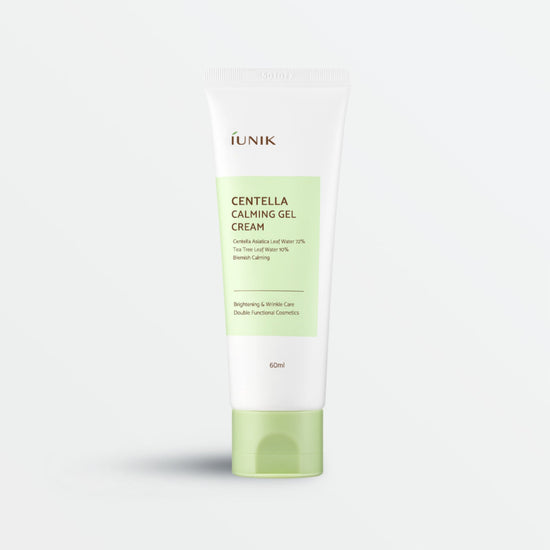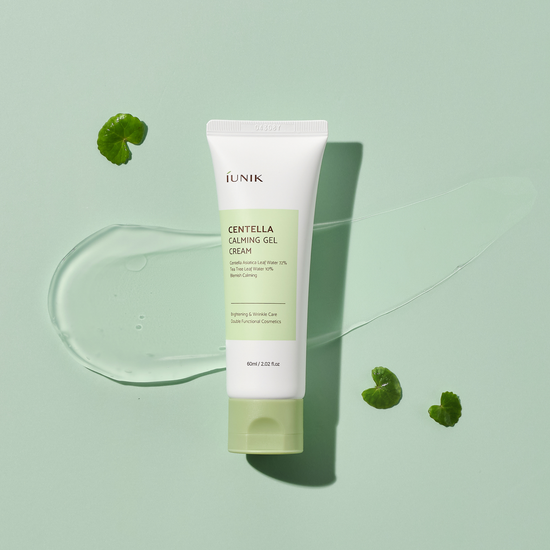Your bag is empty
Posted: 10 July 2024
4 Minute ReadSunburn Recovery Guide: What You Need to Know
The sun is out, reminding you to wear sunscreen to prevent sunburn! Already got sunburnt? Don't worry—use this guide for a faster recovery process.
Sunburn Recovery Guide: What You Need to Know
The holiday season is coming, and many people might already be planning how to make the most of it and enjoy the summer weather. But please don’t forget: the sun is blasting harmful rays no matter where you are, putting you at risk of getting sunburned (yes, that painful ordeal if you’ve ever experienced it!). To save yourself from that suffering, this blog explains how sunburn occurs, what actually happens to your skin, and some top protection methods to tackle it. Shall we dive in?
Why We Get Sunburned
Sunburn occurs when your skin is exposed to too much ultraviolet (UV) radiation from the sun, which penetrates the skin and damages the DNA in your skin cells. When this happens, your body reacts by increasing blood flow to the affected areas to repair the damage, causing the redness and warmth associated with sunburn. This damage can also lead to skin peeling as your body tries to get rid of the damaged cells to help with recovery.
Sun Exposure & Skin Cancer
Types of Sunburn
Sunburn comes in two types: first-degree and second-degree. A first-degree sunburn turns the skin pink to bright red, causing pain when touched. It affects the upper layers of the skin and typically heals within a few days. Second-degree sunburn is more severe, resulting in intense redness, swelling, and increased pain. This occurs when deeper skin layers and nerve endings are damaged by sun rays, requiring weeks to heal.
Quick Relief for Sunburn
When you get sunburnt, it’s important to act quickly in the right way to relieve the pain and promote skin healing.
Cooling Down the Skin Temperature
Be Gentle to the Skin
Sunburnt skin is sensitive and more prone to irritation and further damage. Avoid rubbing or scratching it, and do not peel off blisters if they form. Switch to a mild cleanser that is gentle and free from harsh chemicals and fragrances to help soothe the skin.
DR. ALTHEA Amino Acid Gentle Bubble Cleanser (140ml) - £14.50
The DR ALTHEA Amino Acid Gentle Bubble Cleanser is a gentle yet effective formula. It removes bacteria while protecting and revitalising the skin, leaving it refreshed and strengthened. Enriched with 17 different types of amino acids, this cleanser deeply purifies by removing impurities, excess sebum, and makeup, promoting a healthy skin barrier.
Use Calming Ingredients
Using ingredients like Heartleaf, Centella Asiatica, and Calendula helps reduce inflammation and support the skin's healing process. Opt for a gentle moisturiser containing these soothing ingredients to keep your skin hydrated and calm.
IUNIK Centella Calming Gel Cream (60ml) - £15.50
Relieve redness and acne with the IUNIK Centella Calming Gel Cream, which instantly soothes irritated skin and promotes clarity. The formula features 72% Centella Asiatica Leaf Water to calm irritation and inflammation while hydrating. It also contains 10% Tea Tree Leaf Water to provide instant relief to sensitive skin, soothing it with antibacterial and antifungal properties.
Stay Away from Exfoliators
Steer clear of exfoliating damaged skin—it can worsen the condition and cause further damage, which is not desirable. Avoid using exfoliating products until your skin feels healed and healthy again.
How to Prevent Sunburn
To prevent sun damage, which can cause a lot of trouble for your skin, it's crucial to avoid potential damage whenever you can in your daily routine.
Always Wear Sunscreen (and Reapply!)
We can't stress this enough—wear sunscreen during the day, even on cloudy days! Sun rays can sneak through glass and clouds, so it's wise to apply sunscreen even indoors. To keep that shield effective and strong, remember to reapply every 2-3 hours and after sweating or wiping your skin. Your future self will thank you!
SOME BY MI Truecica Aqua Calming Sunscreen SPF50+ PA++++ (50ml) - £18.00
Protect your sensitive skin with SOME BY MI Truecica Aqua Calming Sunscreen, an ultra-lightweight formula enriched with a 79% aqua base and moisturising ingredients like Panthenol and Hyaluronic Acid. This sunscreen deeply hydrates and soothes with Truecica, Aloe Leaf Extract, and Nymphaea Alba Flower Extract, offering perfect sun protection while calming irritation and sensitivity.
Limit Sun Exposure
During peak sun hours (around 10 AM to 4 PM), it's best to minimise sun exposure to reduce the risk of sunburn. If you must be outside, seek shade or wear protective clothing to limit UV ray exposure. While it won't block all harmful rays, these measures are effective to some extent.
Stay Hydrated
Sun exposure can dehydrate the skin, making it more prone to damage. It's recommended to drink 2-3 litres of water per day. Staying hydrated offers numerous skin benefits, improving blood flow and maintaining skin elasticity.
About UVA & UVB
When it comes to sun protection, you'll often see "UVA" or "UVB" (or both!) on sunscreen packaging. Both types of UV radiation can harm our skin, but they affect us differently. UVA rays penetrate deep into the skin and are a primary cause of skin ageing and long-term damage like sunspots and wrinkles. These rays are powerful enough to pass through clouds and glass. On the other hand, UVB rays mostly affect the outer layer of the skin and are the main cause of sunburn and redness. Unlike UVA, UVB rays can be filtered and partially blocked by glass. UV intensity varies with geographical conditions and seasons but is generally stronger in spring and summer.





 Subscription box
Subscription box 